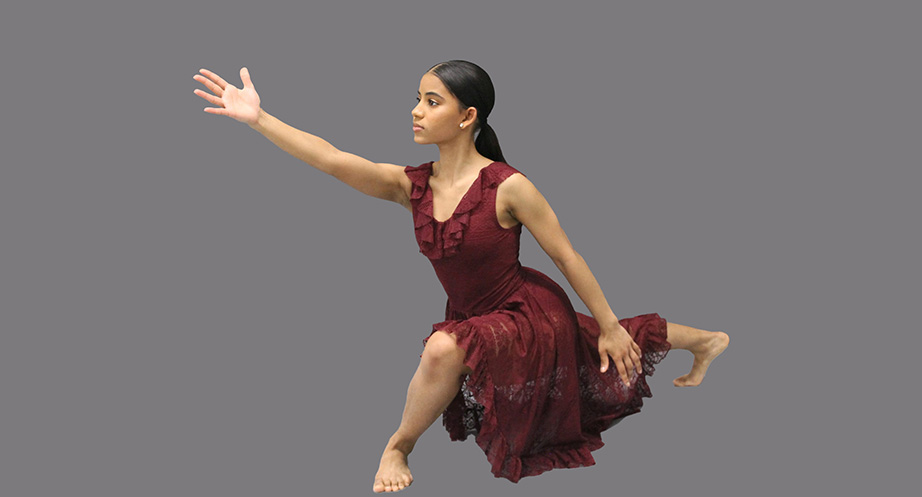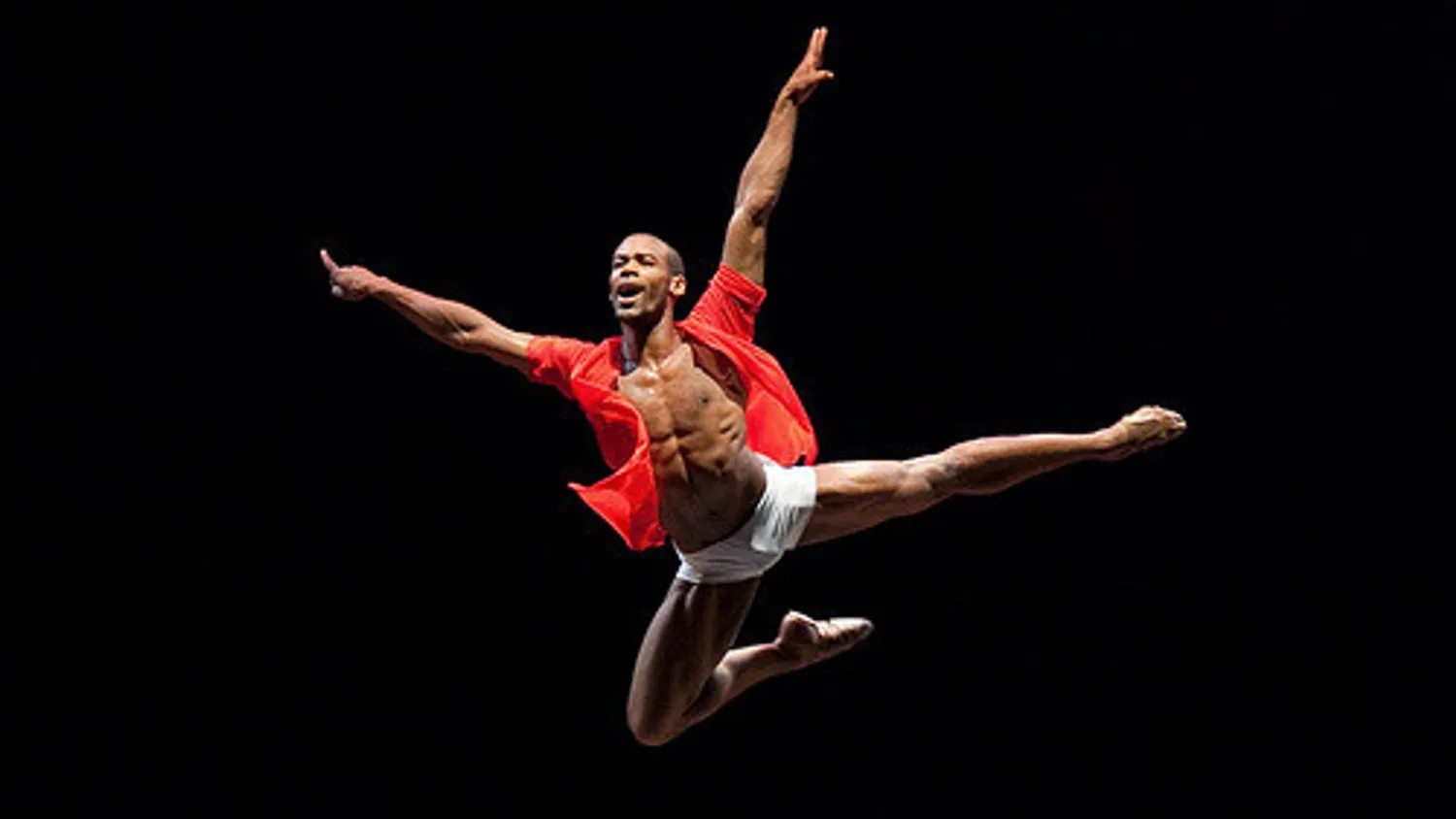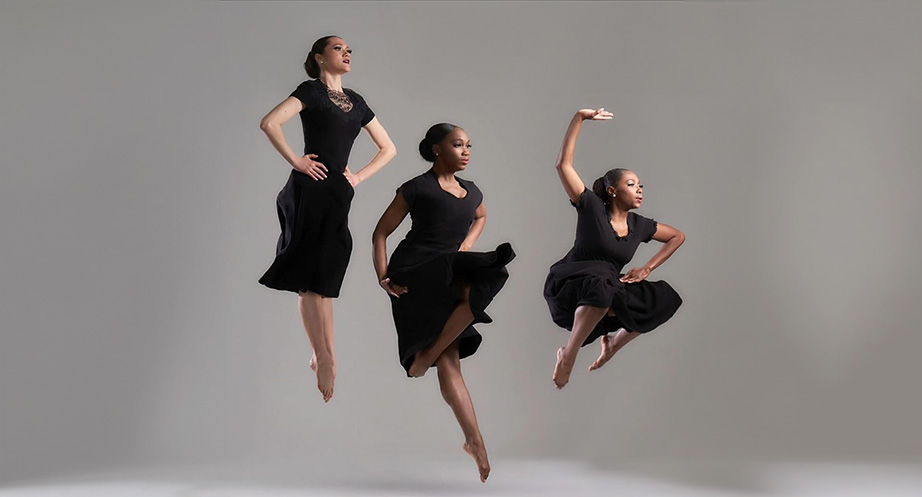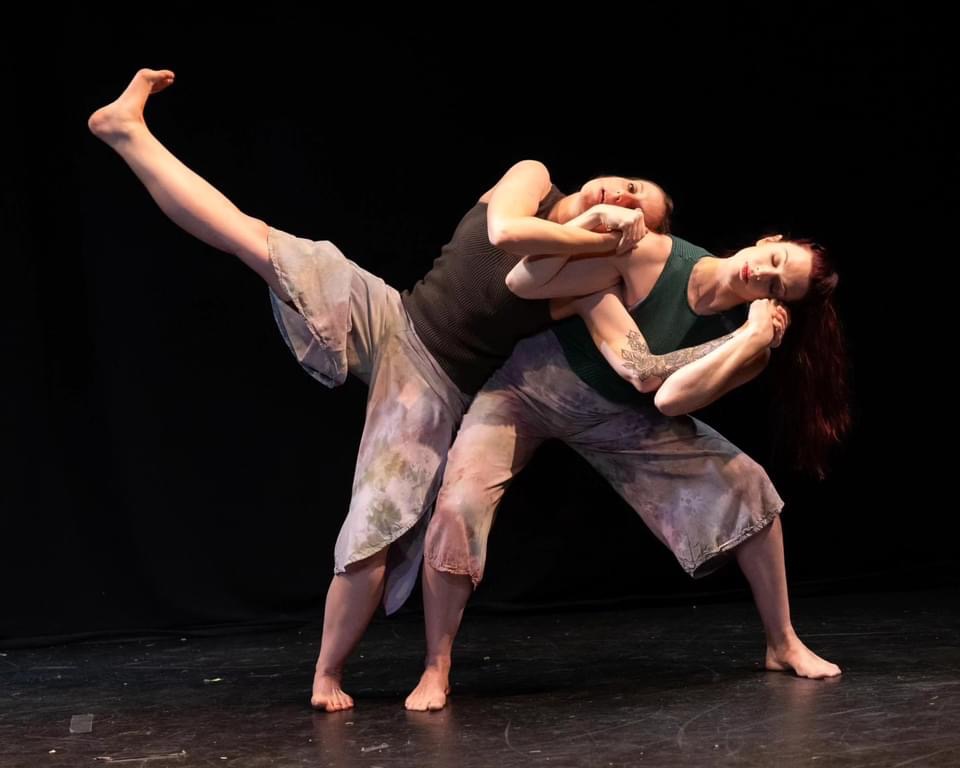by Lewis Whittington for The Dance Journal
Kun-Yang Lin/Dancers’ Fall Program is a retrospective concert at the Painted Bride, marking the company’s five year anniversary in Philadelphia and Lin’s 20 years as a choreographer.
The retrospective is a sampling from some dance works by the choreographer, many of them created in the 10 years Lin and his husband Ken Metzner, the company’s executive director, were establishing the company in New York. The couple talked about the program last week in their home, located just blocks from their Chi Arts Movement Center studios on 9th St.
For Lin, choosing the appropriate pieces for the concert was trickier than he originally thought. He needed to make sure that the dance pieces remain true to his original intent because “every piece comes from a specific place and particular creative time. But the process is interesting. I thought it would be easier, but actually I found it more difficult, to show a new dancer, for instance…because, for me anyway, the essence has to be the same,” Lin said. “No retrospective could paint the whole picture,” Metzner observes.
Lin’s dancer- choreographic career started in the early 90s, before he left China, for New York. For the program of eight works, “I go by year,” Lin comments “starting with 1993‘s Moondance “Of course the dance always shifts to abstraction, But this piece relates to memories of Taiwan, my apartment there, with a mountain, river and birds. It was an image of missing home, and that became my starting point for it. It became my signature work in New York. It was received as a reflection on East and West.”
He recalled that legendary choreographer Anna Sokolow saw Moondance in New York, “And she said to me ‘American modern dance needs you. Keep going.’ That was very encouraging and I thought yes, I have this mission.”
It gets personal
Two of the pieces that Kun-Yang includes in the retrospective relates to the gay diaspora. One is about coming out and the other gay marriage which he made in 1999, in response to a dancer who moved from Malaysia to New York, because had he stayed in his country, he would have been a criminal for being openly gay. “I created that really without trying to make a political statement. Just thought it was natural that two men would be able to get married.”
Lin started as a dancer in China and started to express himself more through his own choreography. One of his first pieces he made in his home country was noticed partly because it struck people there as feminine expression for a male dancer. “One of the piece that I did when I was a young choreographer that I got recognition in Taiwan and won a prize, actually, that was beginning around that it was noticed in the east that my work was advocating for feminists. But actually, for me, it was part of being gay, the female in us,” he explained.
Metzner comments that the one piece that they both have wanted to do re-stage for a long time is The Song Cannot Be Sung about gay relationships and another piece that was a male duet, but because of its universality, could also was re-staged for a man and woman in the company now.”
“This work is still in my body. I did use some video, to compare, with new dancers performing (it)
Sometimes I don’t think about it, but mostly I want to remember why I created that dance.” Next, a clip from Shall We…? Comes on the screen “this is my own interpretation of the tango, I created this dance because I want to constantly breaking boundary of cultural differences and form.”
Never the last Tango
Less than a week before the Bride, at the Chi studios, Lin and Metzner are greeting a small audience before they get a sneak peek run-through of the program. Moments before it began Lin was gave last minute instructions to one of the dancers and seconds later, he was cuing up music of tango and salon opera, for a run through of Shall We…?
Lin notes that in the piece he is “ Looking for form and formless, inner note and extra note. It’s all about different relationships and individual stories; I wanted the dancers to know how tango could relate to their own life as a dancer. I’m very happy with this group of dancers can bring this fully alive,” he said. Adding that like most dance forms, people think of it as one thing, but that it is about relationships, so can be adapted to so many stories.
Toward the end, he hurried over to dancer Eiren Shuman and instructed him on a bit of stage business for the comic part of a punch-drunk dancer that Lin first danced when the work premiered in New York in the 90s. Lin called out cues for a series of stumbles, turns and prat falls. The humorous side that is unexpected in a KYL/D performance. Meanwhile, in addition to the comedy, this piece also displays blood – red tango moves. Vutry Vuthy Ou and Jessica C. Warchal-King, the lead couple smolder in the abrazzo dips and free dance, but razor sharp, tango patterning.
Also in the retrospective is Lin’s dance-theater piece called Back Stage, about, among other things, obsession and addition. It will be another piece that will show a different choreographic side from Lin to his Philly audience.
The retrospective also provides a first with the premiere of company member Olive Prince, the first person other than Lin to choreograph for KYL/Dancers. Prince son Noah was born earlier this year, “We didn’t think she would be able to perform, and she wanted to be part of the show, so I invited her to create a piece for us.” Actually, Prince will back to dance in the Bride program, in a reprise of her solo from Lin’s 2012 piece ‘Beyond the Bones.’
Dancing over borders
After 20 years in the US, Lin says that in some ways he feels like an artist and a citizen in between two cultures. It was brought home to him on a recent seven-week trip to China last summer and Lin was performing with multi-generational Asian dancers that culminated in performances at the three day festival on a riverbank amphitheater with 1000 people attending.
Even though Lin returns to visit his home country or perform their with his company many issues of his past and his feeling that he doesn’t feel at home in his home country. Stateside, he doesn’t feel fully integrated in American culture.
“In Indonesia there is a different impact. Maybe because we are all Asian artists, it’s more of a spiritual quest, more than different places and ages. Allows me to learn about specific culture, and there…we have such different kinds of dance forms there and people might think it is just one thing, Chinese dance or Asian dance, each of those artists has so much tradition.”
“For me, because I moved to the West for half my life. I’m the immigrant there. Still,“ he added, “I call Indonesia my spiritual home. As an artist, you have to ask first question ‘who am I.’ so you have to go back and examine everything. I went back to Taiwan, some people don’t think I’m Taiwanese, but when I’m in America, people don’t think I’m American,” he mused.
Emotionally and artistically Lin has been drawing his own choreographic maps. Lin assured that it is a subject he will address that personal issue artistically in the next season or two. For now, as Philadelphia dance artists Lin said “We feel very grateful, we‘ve been here five years and it has meant a lot to us, to have our own space, and having this community embracing us,“ Lin said.
Mr. Whittington’s arts profiles, features, and stories have appeared in The Advocate, Dance International, Playbill, American Theatre, American Record Guide, The Harvard Gay and Lesbian Review Worldwide, EdgeMedia, and Philadelphia Dance Journal. Mr. Whittington has received two NEA awards for journalistic excellence.
In addition to interviews with choreographers, dancers, and artistic directors from every discipline, he has interviewed such music luminaries from Ned Rorem to Eartha Kitt. He has written extensively on gay culture and politics and is most proud of his interviews with such gay rights pioneers as Frank Kameny and Barbara Gittings.
Mr. Whittington has participated on the poetry series Voice in Philadelphia and has written two (unpublished) books of poetry. He is currently finishing Beloved Infidels, a play about the murder of filmmaker Theo van Gogh. His editorials on GLBTQ activism, marriage equality, gay culture and social issues have appeared in Philadelphia Inquirer, City Paper, and The Advocate.
- A Day in the Life of Philly’s Master Choreographer, Dr. Rennie Harris - March 21, 2024
- Errand Into The Maze | The Life and Works of Martha Graham - March 1, 2024
- Matthew Rushing leads Alvin Ailey Company’s Tour - February 20, 2024






